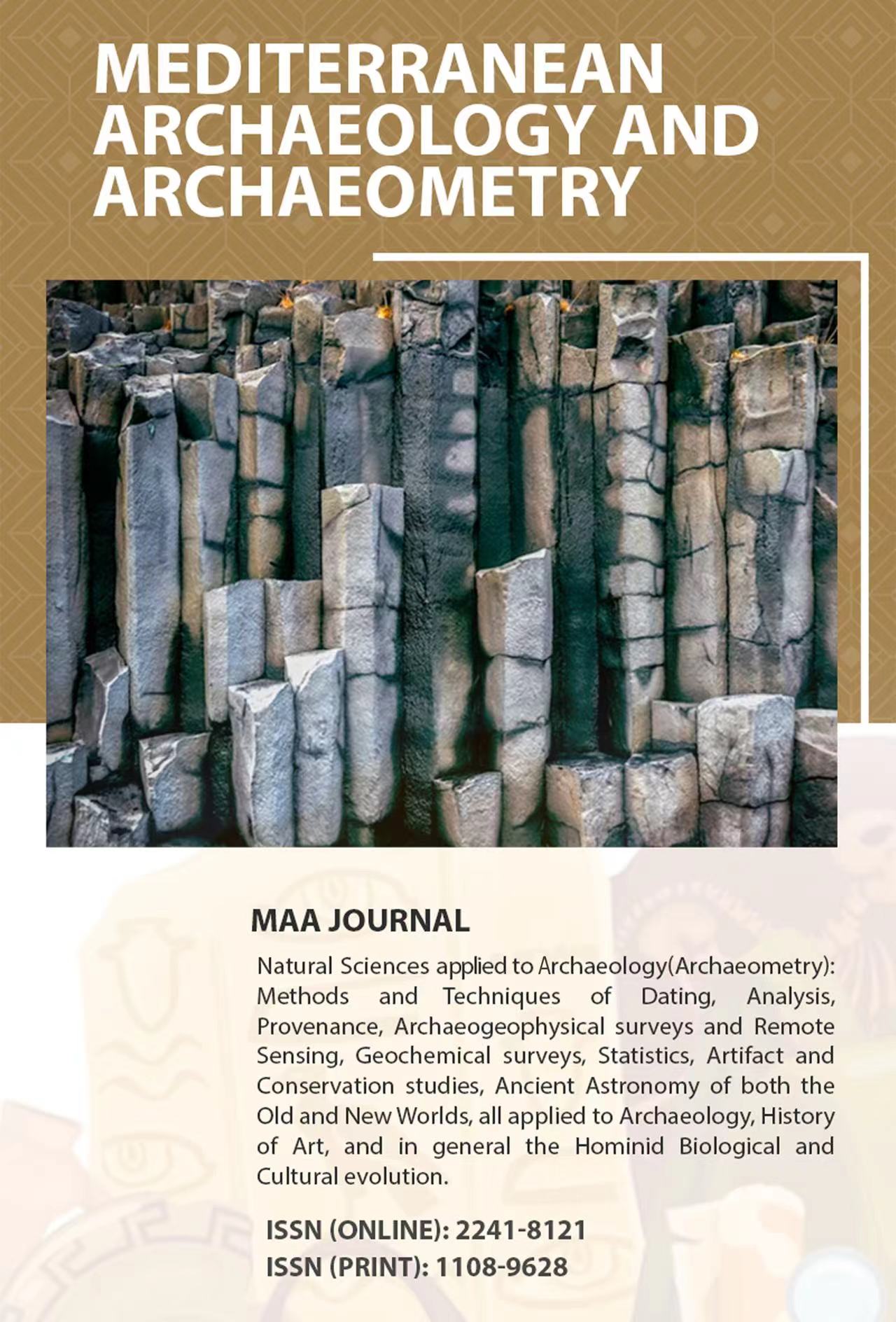Analysis of the Musical and Artistic Value of the Clarinet in the Qing Dynasty and Its Influence on the Creation of Modern National Musical Instruments
Keywords:
Qing Dynasty Clarinet, National Musical Instruments, Western Musical Instruments, Musical and Artistic Values.Abstract
The Qing Dynasty was a critical period for the development of Chinese and Western musical instruments, which had an important impact on the creation of Chinese national musical instruments. In order to dig deeper into the archaeological value of Qing Dynasty musical instruments, this paper takes clarinet instruments as the research object, and analyzes the musical instruments with the help of an electron microscope and min microphone, and the test indicators include instrument structure, material, resonance point, and sound effect. The results show that the clarinet has the characteristics of flute and suona, the vocal range is mainly treble, the material is mainly ebony and mahogany, copper and iron are the auxiliaries, the resonance point is at 2/3 of the music, and the structure is relatively simple compared with the modern clarinet, which is composed of the mouthpiece, the main pipe and the bell mouth. Therefore, the clarinet is an important instrument for the orchestra to play the middle and high parts, which promotes the development of modern music ensemble performance in the direction of high notes.










